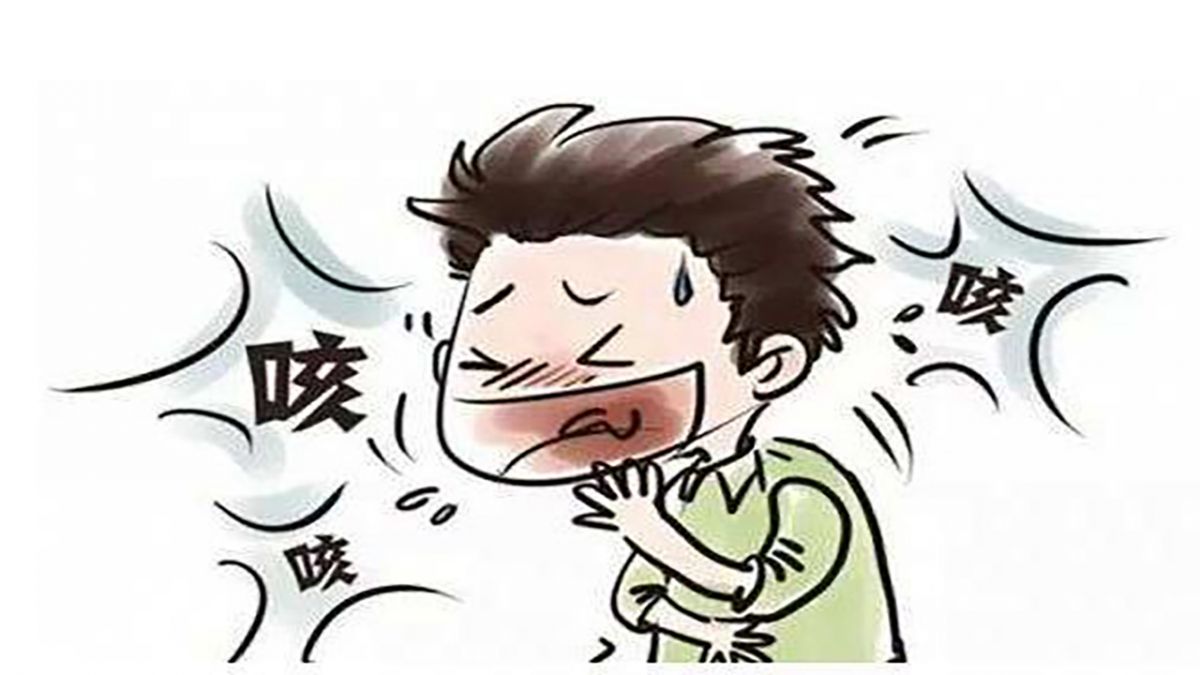Advertisement
Tonsillitis is an inflammation of the tonsils, which are two oval - shaped masses of lymphoid tissue located at the back of the throat. These organs play a crucial role in the body's immune system, acting as a first line of defense against pathogens that enter through the mouth and nose. However, they can also become the site of infection and inflammation, leading to the condition known as tonsillitis.

There are multiple factors that can trigger tonsillitis. One of the primary causes is viral infections. A significant number of tonsillitis cases are caused by viruses such as the adenovirus, rhinovirus, and Epstein - Barr virus. These viruses can infect the tonsils, causing them to become inflamed. For example, the adenovirus can lead to a sudden onset of symptoms, including a sore throat, fever, and swollen tonsils. The Epstein - Barr virus, which is responsible for mononucleosis, often causes severe tonsillitis with large, swollen tonsils that may have white or yellowish patches.
Bacterial infections are also a common culprit. Streptococcus pyogenes, or group A streptococcus, is the most common bacterial cause of tonsillitis, especially in cases of strep throat. This bacterium can cause a rapid and severe form of tonsillitis. It typically presents with a very sore throat, high fever, and often white or yellow exudate on the tonsils. Left untreated, streptococcal tonsillitis can lead to serious complications, such as rheumatic fever, which can affect the heart, joints, and other organs, and glomerulonephritis, an inflammation of the kidneys.
Other bacteria like Staphylococcus aureus, Haemophilus influenzae, and Corynebacterium diphtheriae (although rare in regions with proper vaccination) can also cause tonsillitis. In addition, fungal infections, such as those caused by Candida albicans, can occur, especially in individuals with weakened immune systems or those who have been taking antibiotics for an extended period.
Environmental factors can contribute to the development of tonsillitis. Living in crowded conditions, such as dormitories or large families, increases the risk of exposure to infectious agents. Poor air quality, including exposure to pollutants, cigarette smoke, and industrial fumes, can irritate the tonsils and make them more susceptible to infection. Seasonal changes also play a role, with tonsillitis being more common during the colder months when people are more likely to be indoors in close proximity to others.
The symptoms of tonsillitis can vary in intensity depending on the cause and the individual's immune response. The most common symptom is a severe sore throat. The pain can be so intense that it makes swallowing extremely difficult. In some cases, the pain may radiate to the ears. A high fever is often present, especially in cases of bacterial tonsillitis. The tonsils themselves become visibly swollen and may appear red. In many cases, there are white or yellowish patches or streaks on the surface of the tonsils, which are signs of pus formation.
Swollen lymph nodes in the neck are another typical symptom. These lymph nodes can be tender to the touch. Patients may also experience bad breath, which is a result of the infection and the presence of bacteria in the mouth and throat. In more severe cases, difficulty breathing may occur if the swelling of the tonsils is significant enough to obstruct the airway. This is a serious complication that requires immediate medical attention.

Diagnosing tonsillitis usually starts with a physical examination by a healthcare provider, often an ear, nose, and throat (ENT) specialist. The doctor will use a tongue depressor to get a clear view of the throat and tonsils. They will look for signs of inflammation, such as redness, swelling, and the presence of white or yellow patches. The doctor will also check the lymph nodes in the neck for swelling and tenderness.
To determine the cause of the tonsillitis, additional tests may be required. If a bacterial infection is suspected, a throat swab will be taken. This swab is used to perform a rapid strep test, which can quickly detect the presence of group A streptococcus. If the rapid test is negative but a bacterial infection is still strongly suspected, a throat culture may be done. This involves growing the bacteria from the swab sample in a laboratory to identify the specific pathogen. In cases where a viral cause is suspected, blood tests may be ordered to check for the presence of specific viral antibodies.
Treatment for tonsillitis depends on the underlying cause. For viral tonsillitis, which is often self - limiting, the focus is on symptom relief. Over - the - counter pain relievers like acetaminophen or ibuprofen can help reduce the pain and fever. Gargling with warm salt water several times a day can soothe the sore throat and reduce inflammation. Drinking plenty of fluids is essential to prevent dehydration, especially if there is a fever. Rest is also crucial to allow the body to recover.
In the case of bacterial tonsillitis, antibiotics are the main treatment. Penicillin is the first - line antibiotic for streptococcal tonsillitis. It is essential to complete the full course of antibiotics as prescribed, even if the symptoms improve, to ensure that the infection is completely eradicated and to prevent the development of antibiotic - resistant bacteria. In cases where the patient is allergic to penicillin, alternative antibiotics such as erythromycin or azithromycin may be prescribed.
In conclusion, tonsillitis is a common condition that can cause significant discomfort. Understanding its causes, recognizing the symptoms, and seeking appropriate medical treatment in a timely manner can help individuals recover quickly and prevent potential complications.
Advertisement




